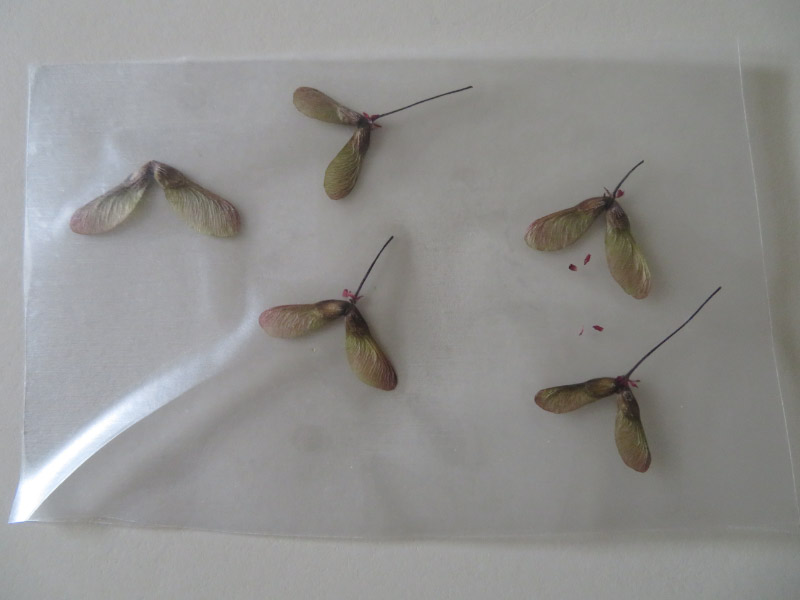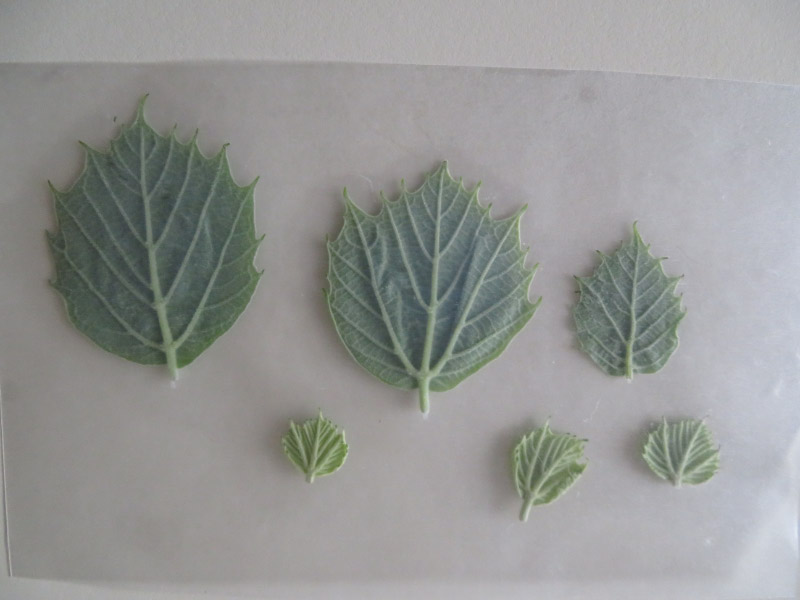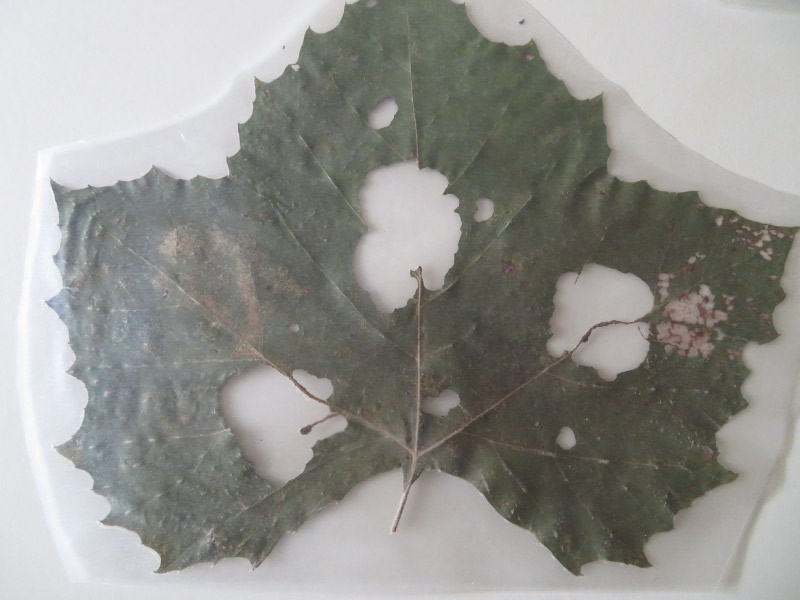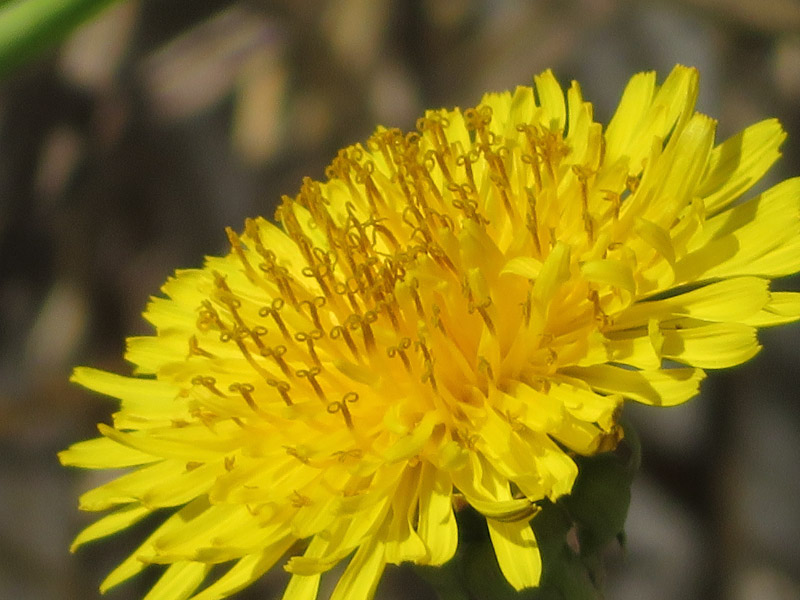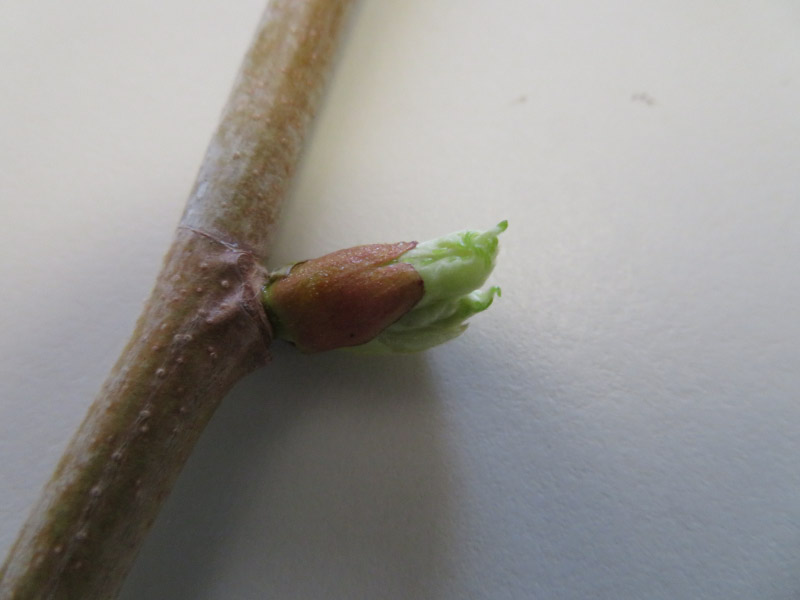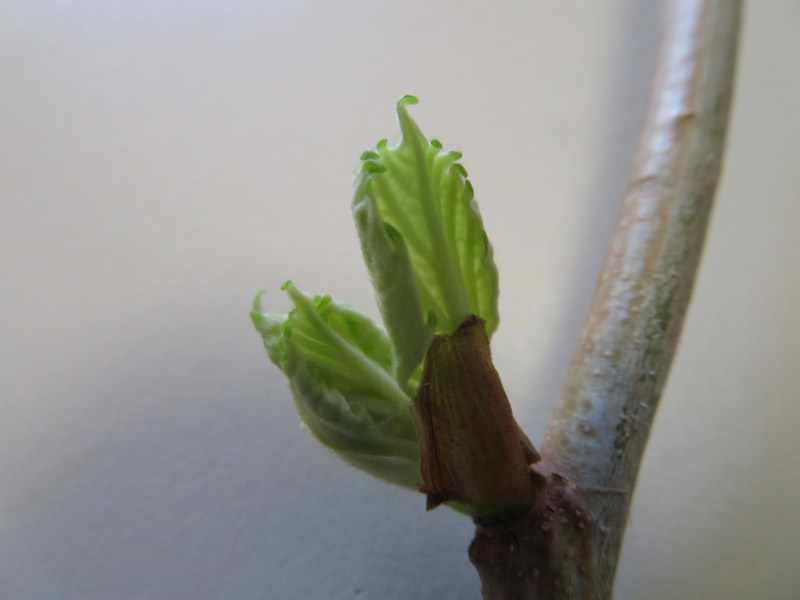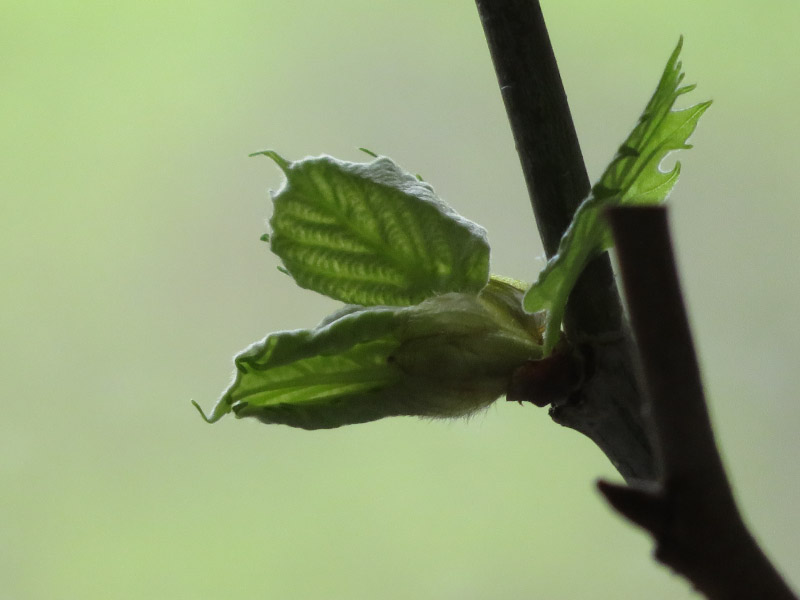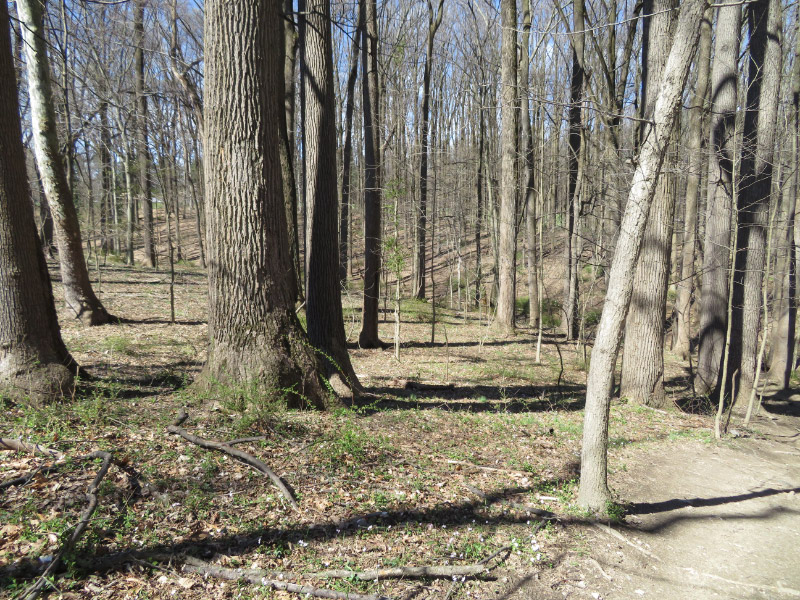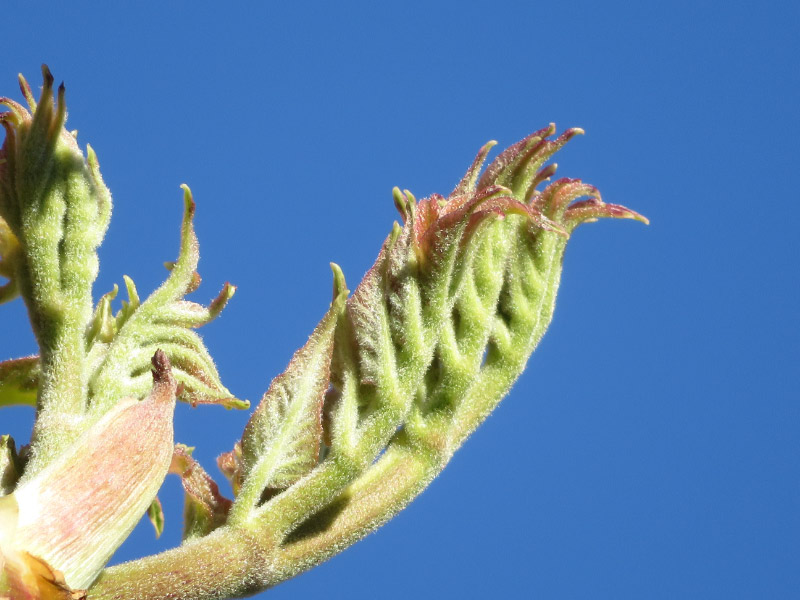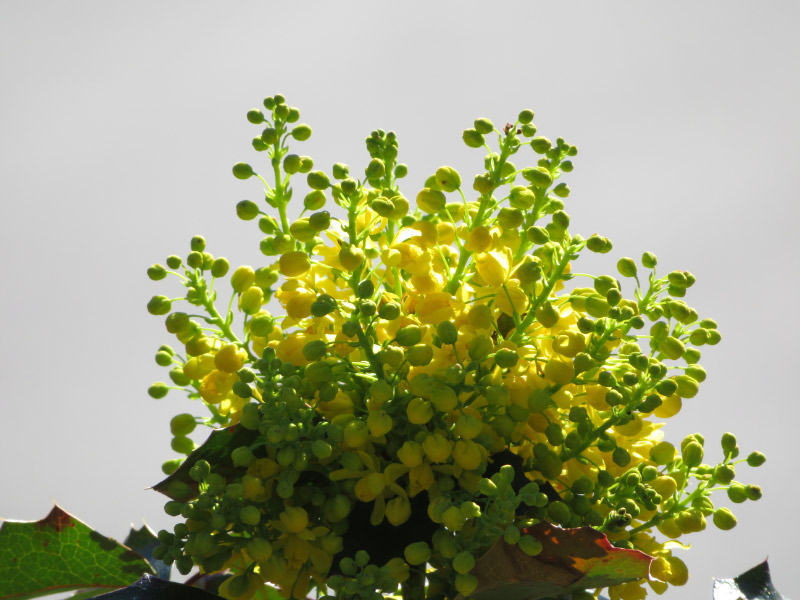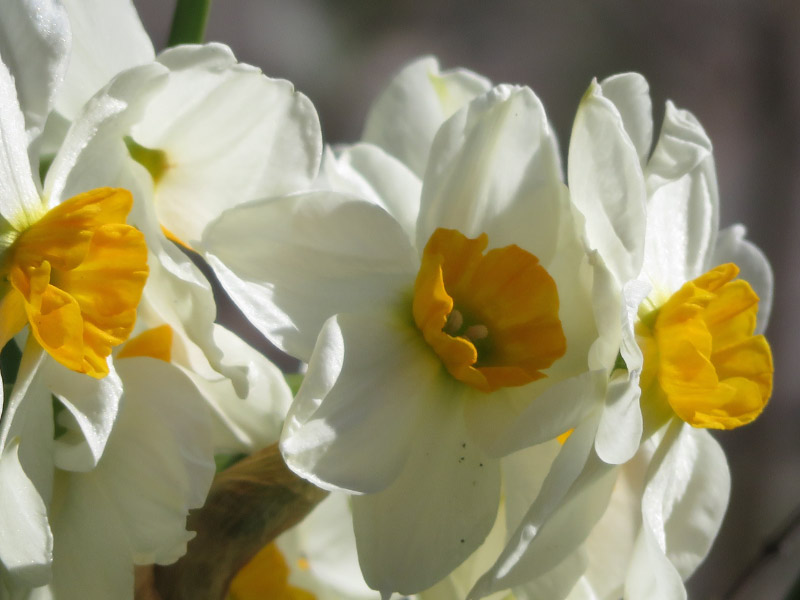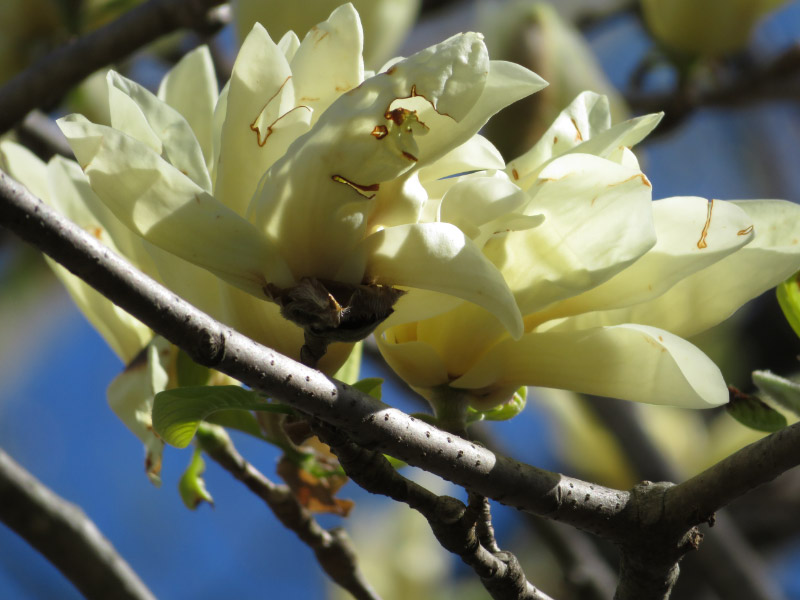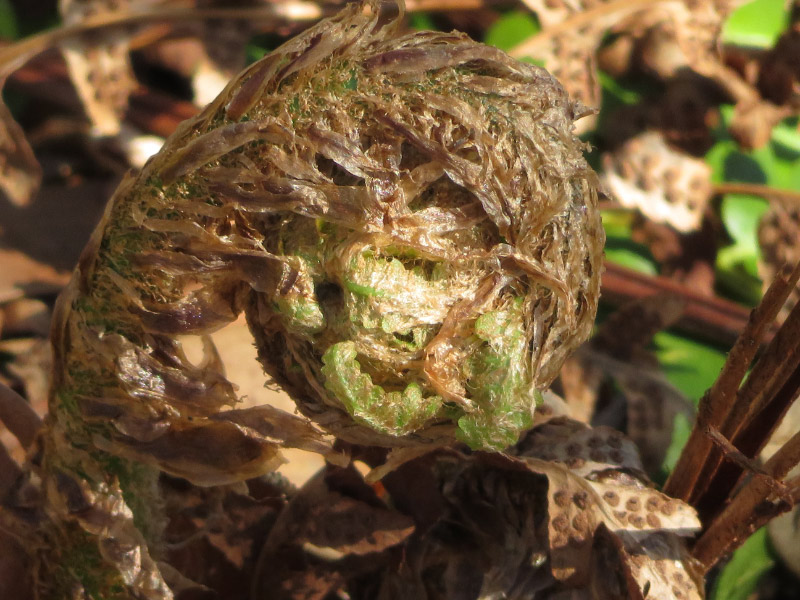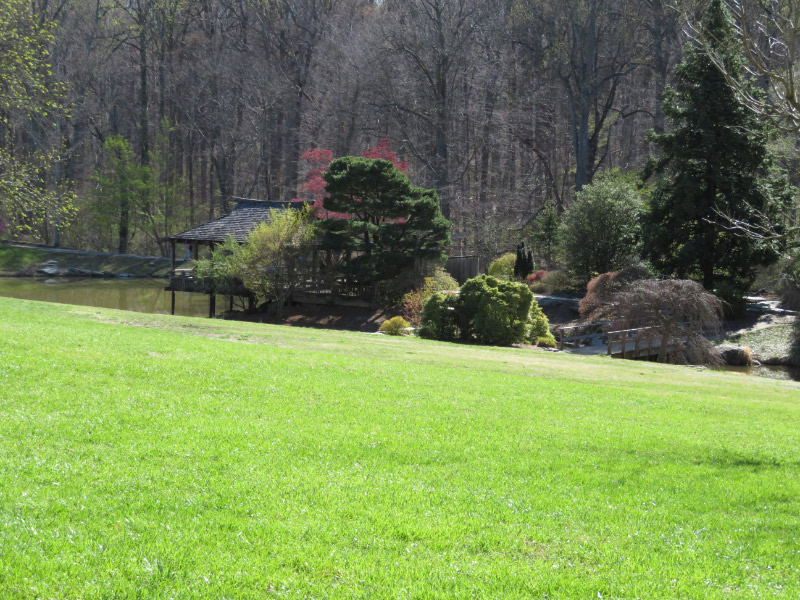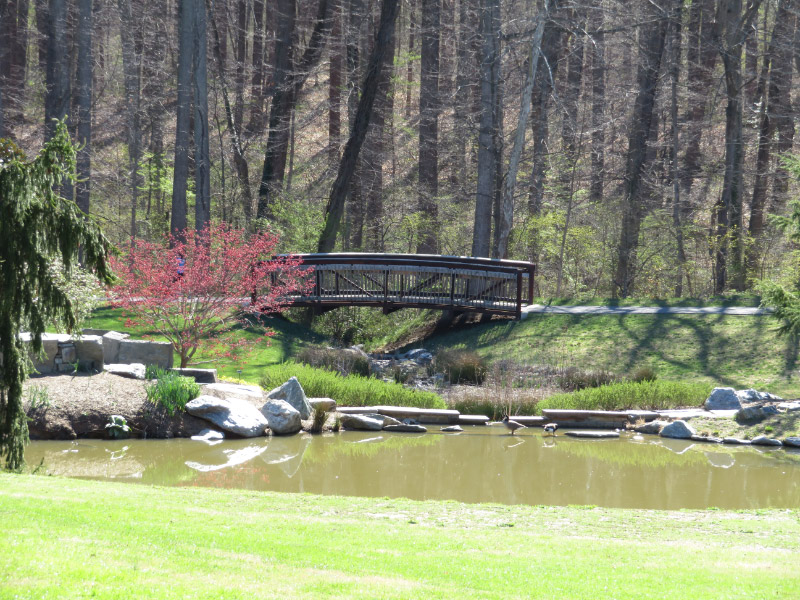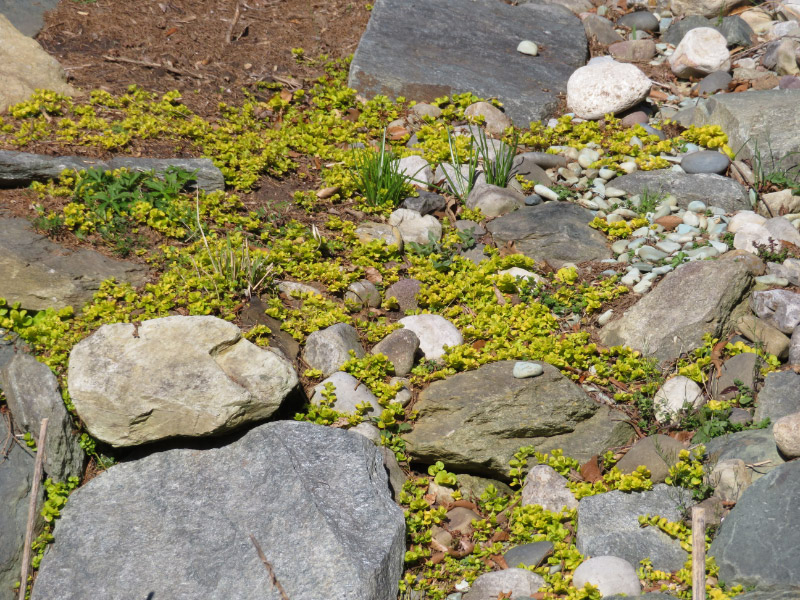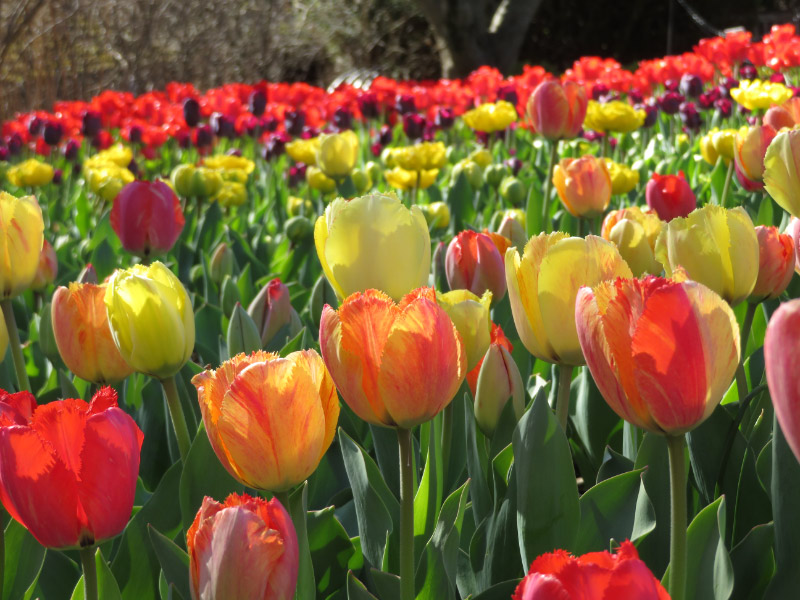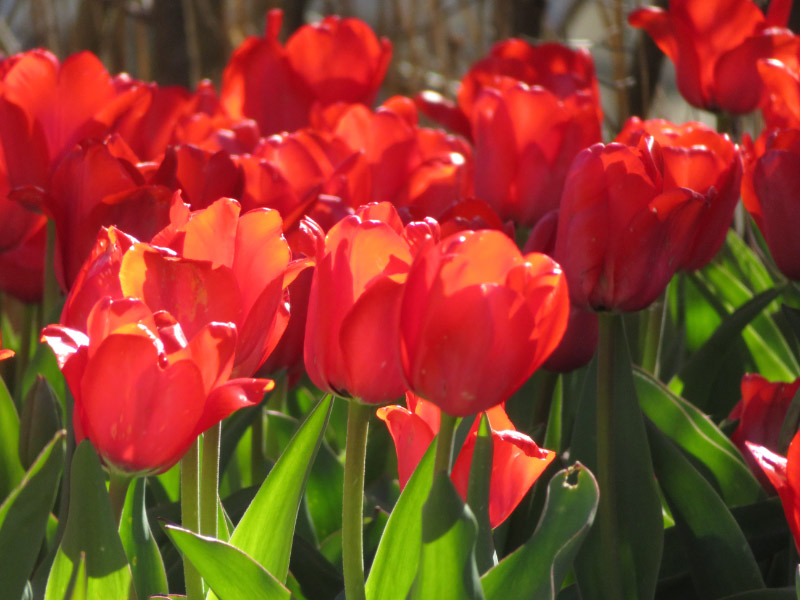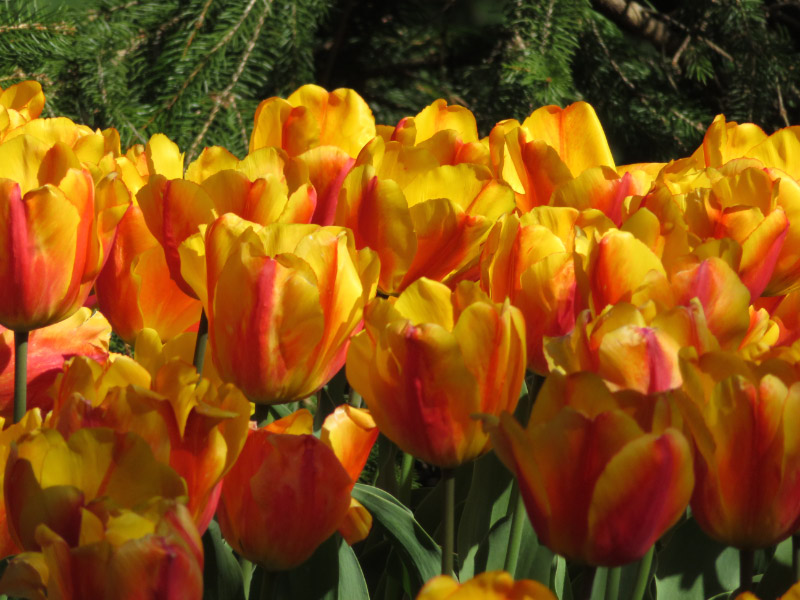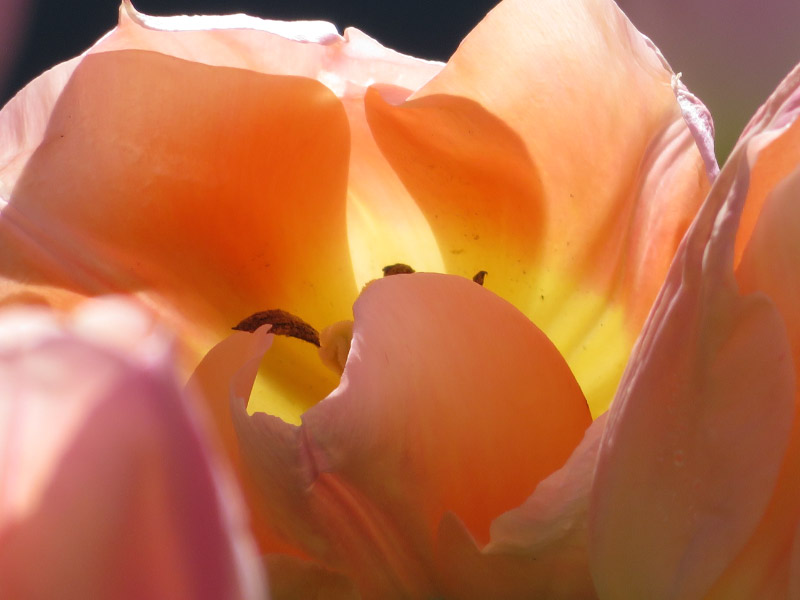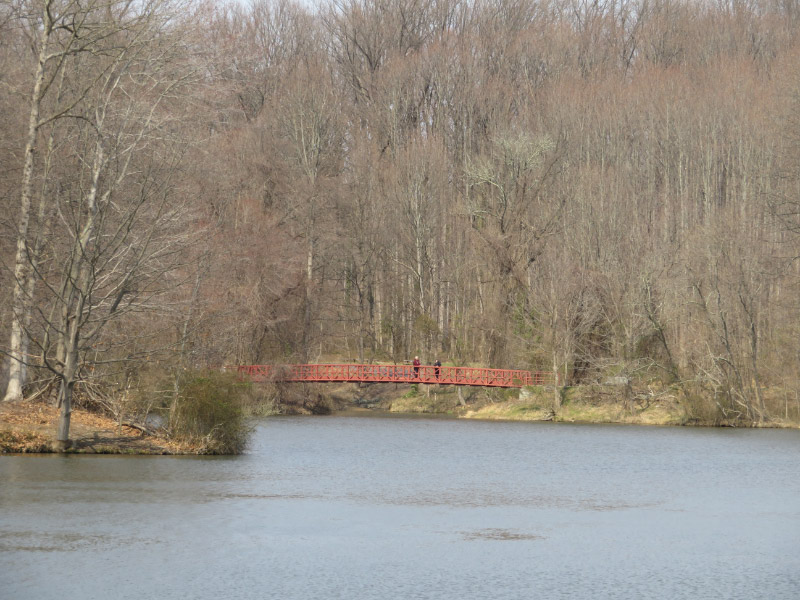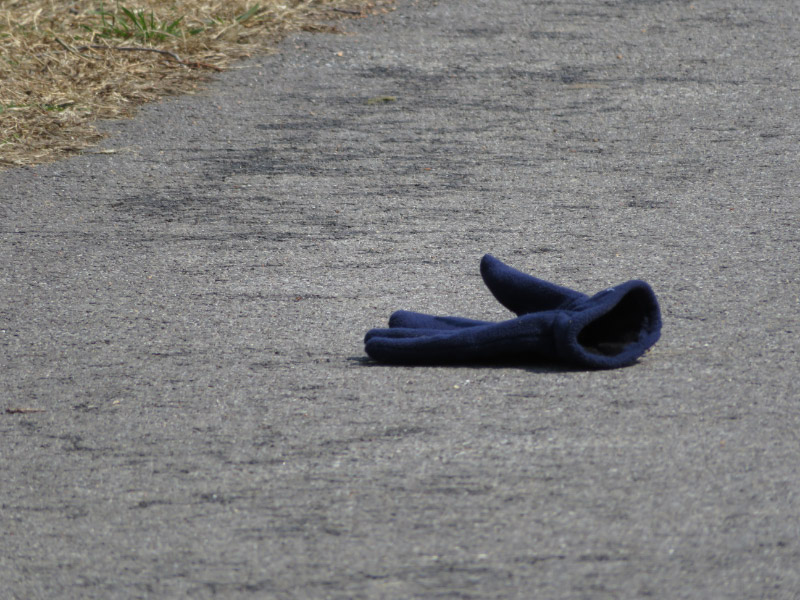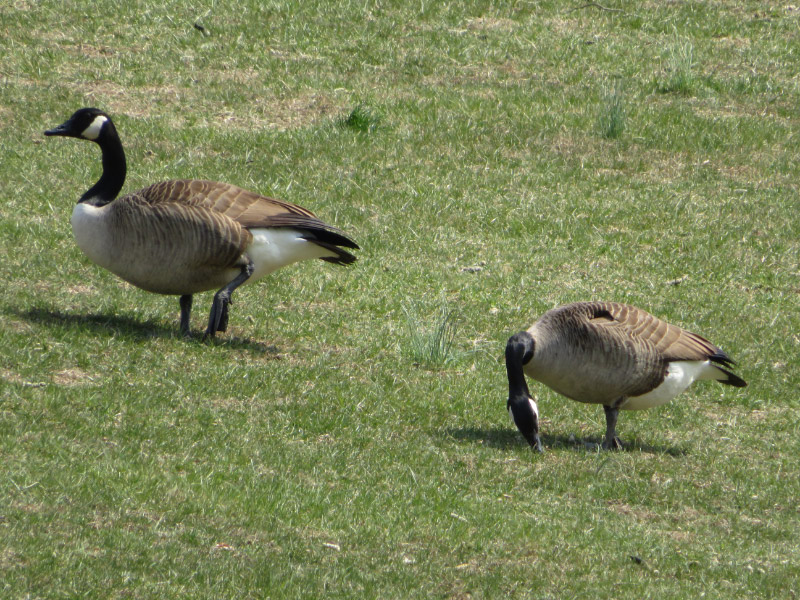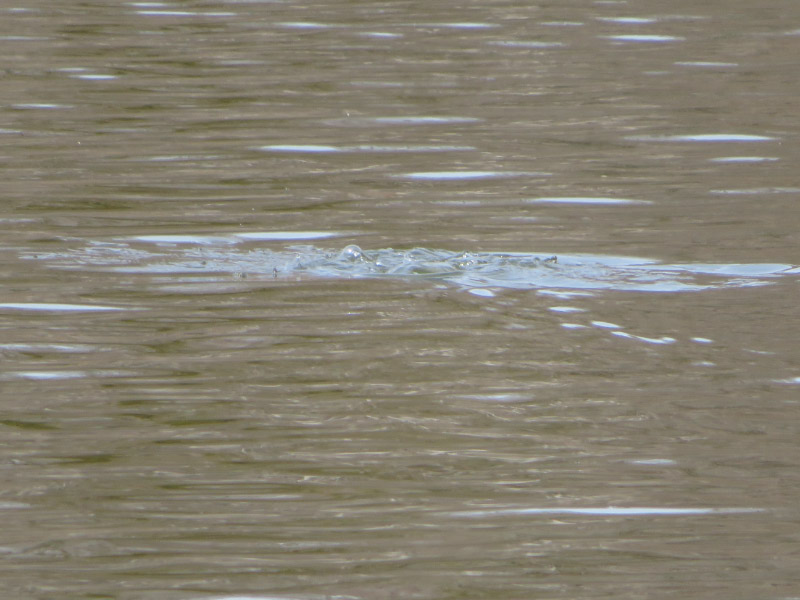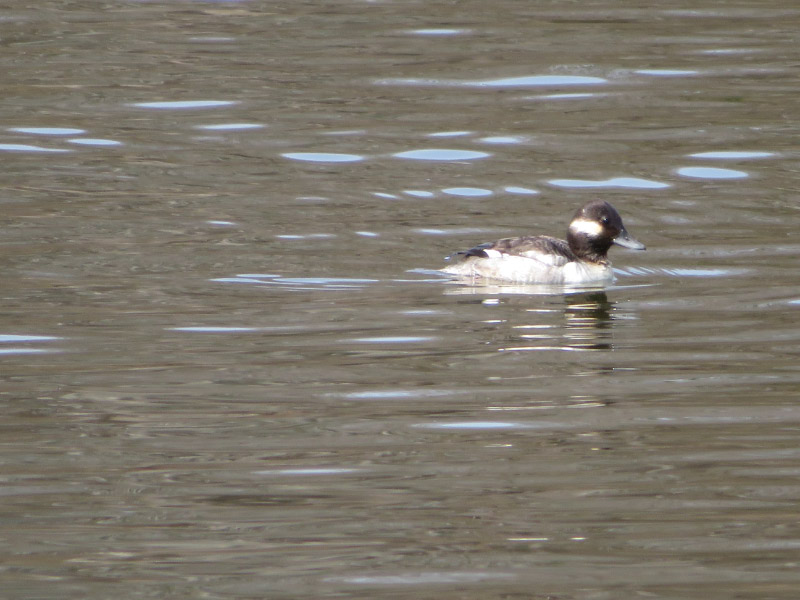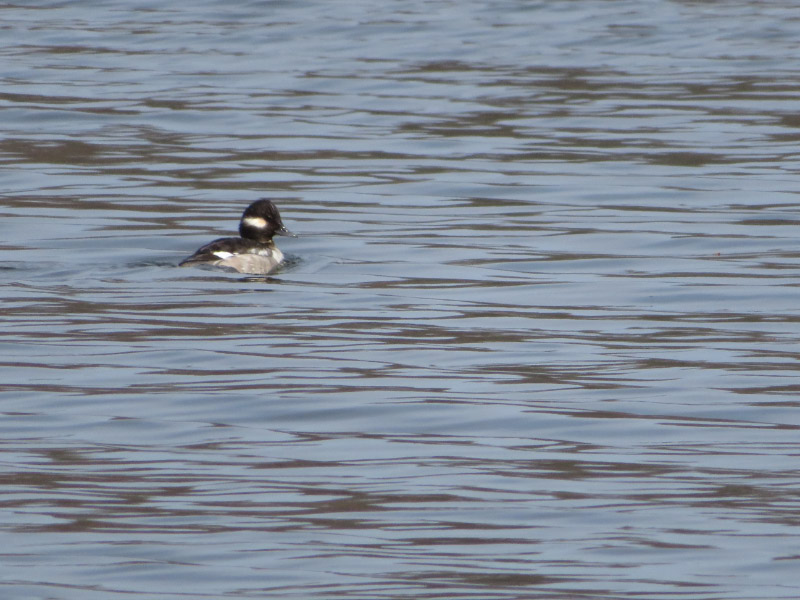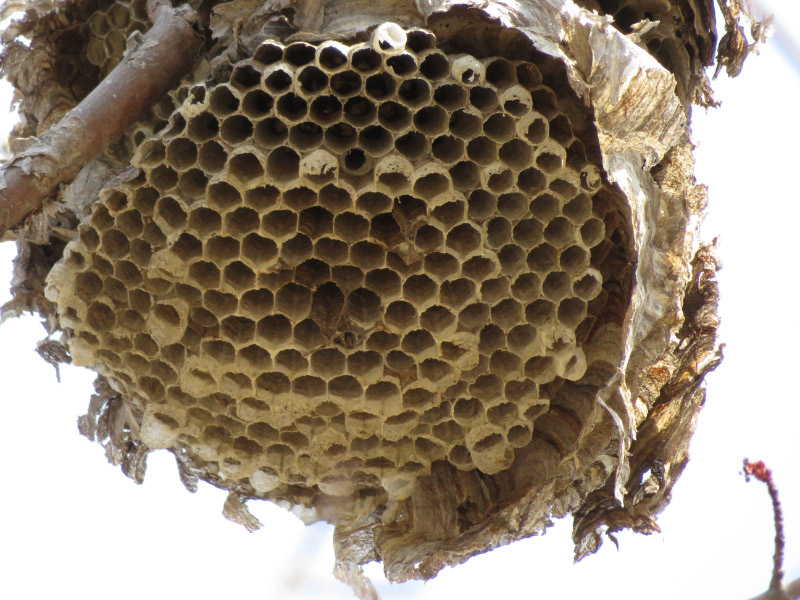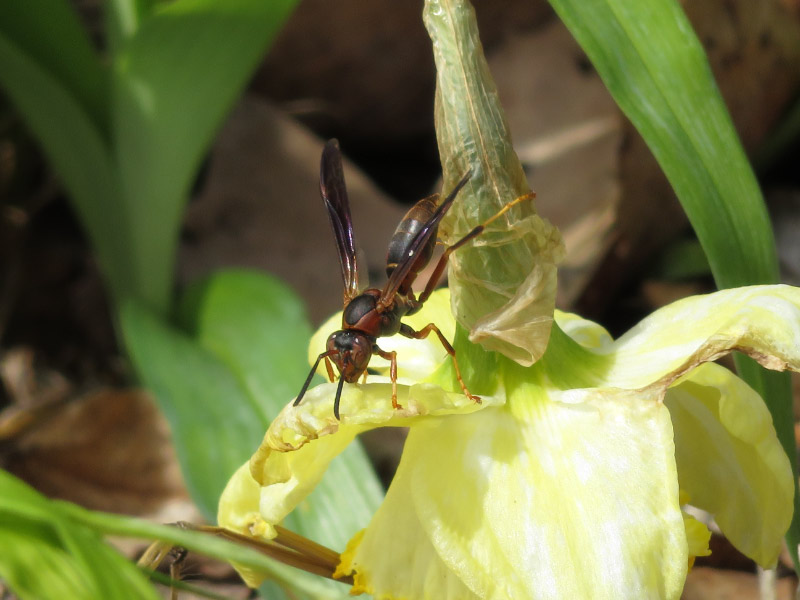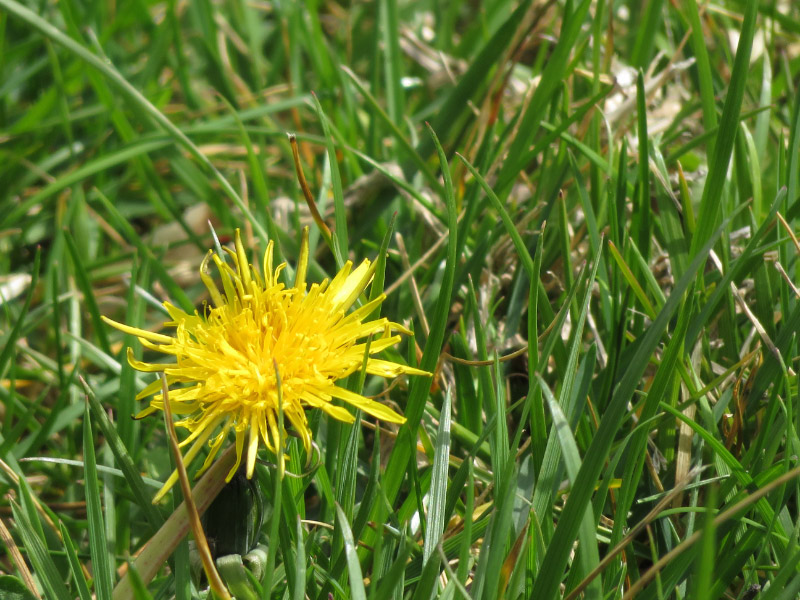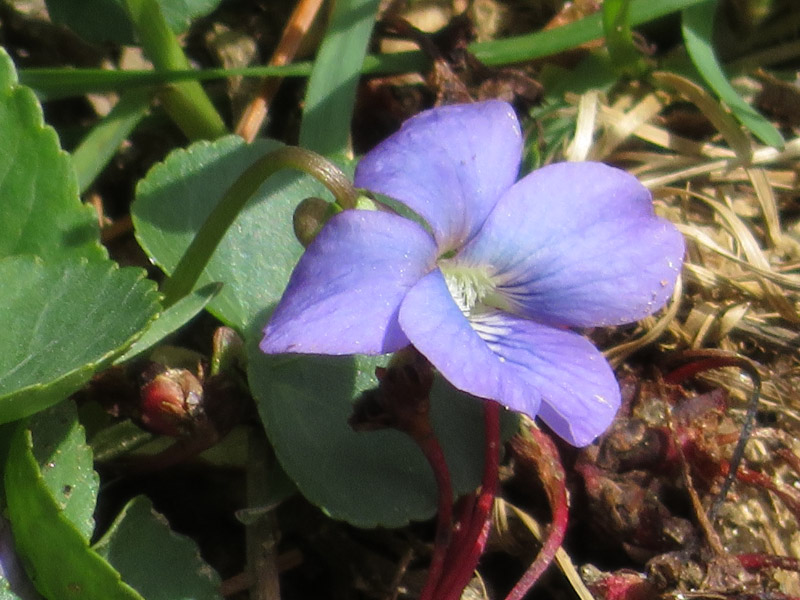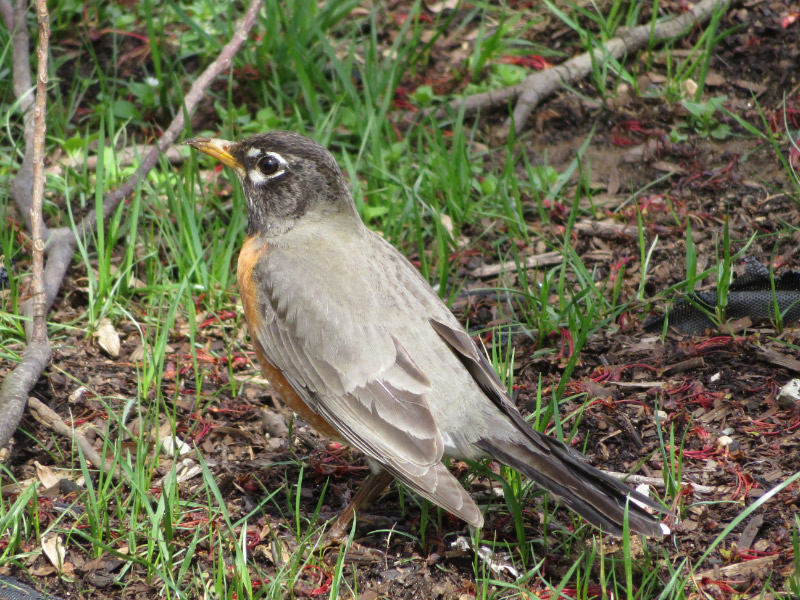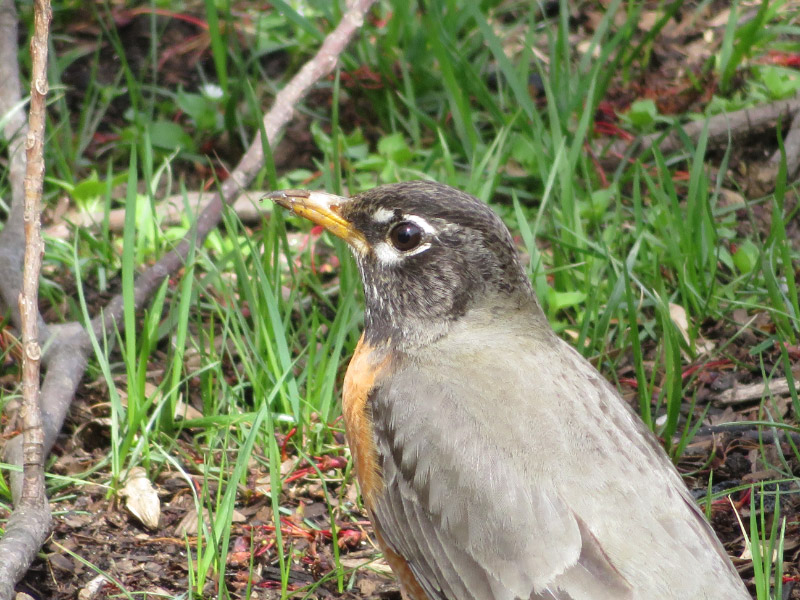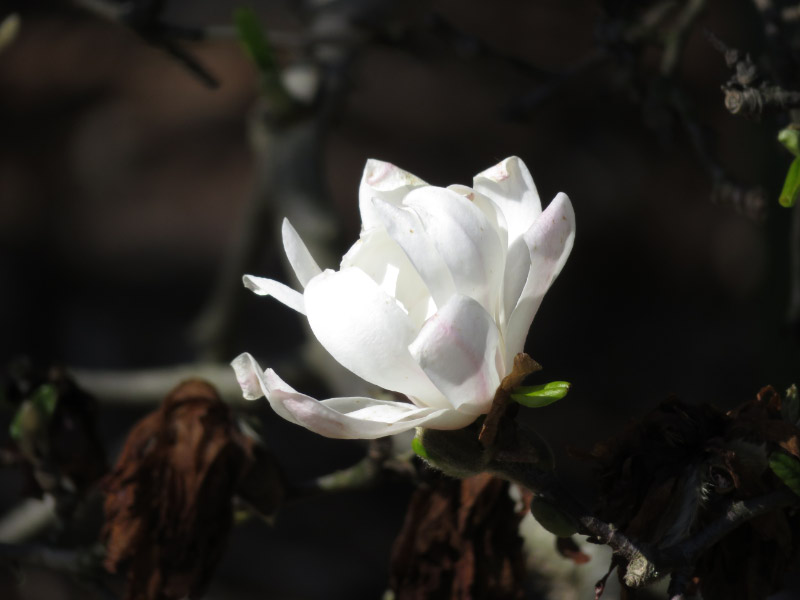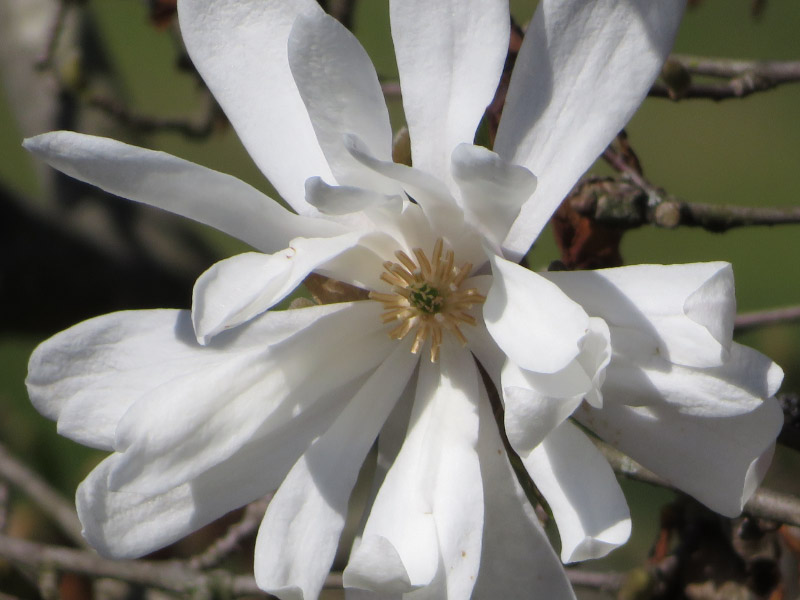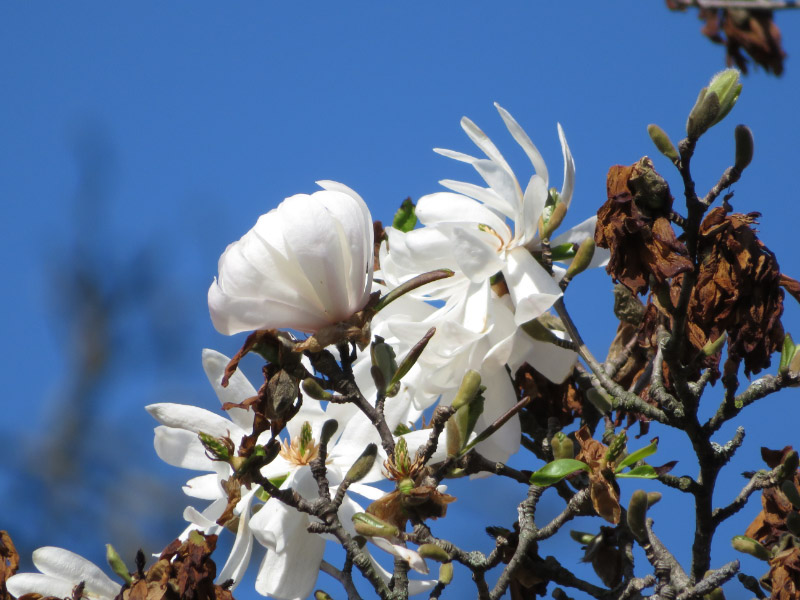Earth Day in Howard County, Maryland
/We had a very cloudy and wet Earth Day yesterday. It was a little cool too. But the azaleas are beginning to bloom and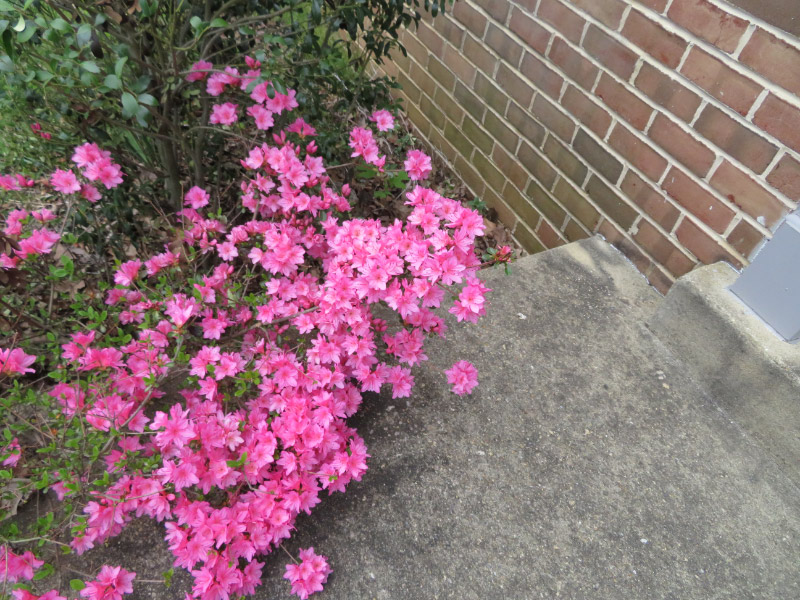
The day lily foliage is very green around the birdbath beside by front porch. We’re behind on rain this year so getting some is a good thing.
I headed out to the local GreenFest after lunch – noticing a dogwood in bloom on my walk to the building. 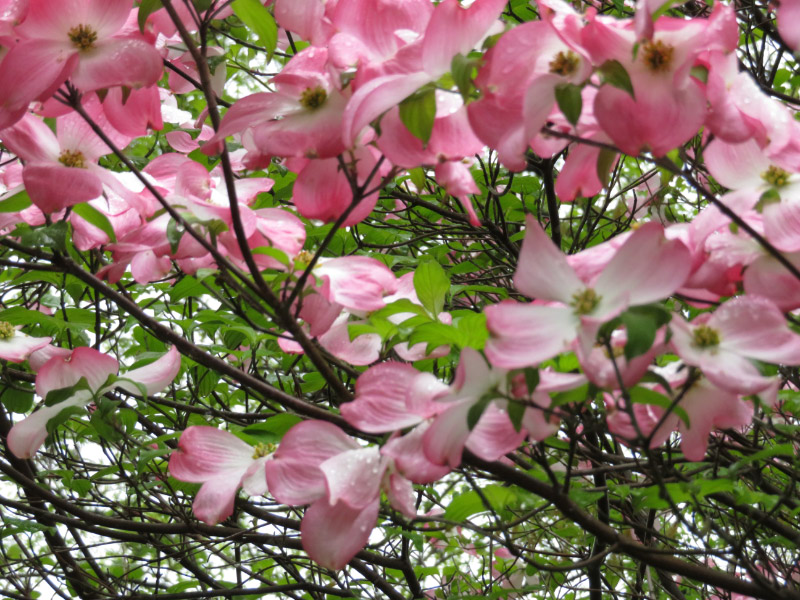
The part of the event to be held outside was impacted by the rain (for example, no solar telescopes) but there were plenty of vendors inside the Galleria building of the local community college and an orderly crown moving around the exhibits. I volunteered at the Howard Country Conservancy’s table for a couple of hours. I sauntered around the other exhibits before my ‘shift.’ One group was giving away burr oak saplings….but my yard is not big enough for that tree (with a red oak already holding a big part of the front yard and the back a forest with tulip poplars, red maple, and black walnut! I refrained from picking up any more reusable bags too since I already have more than I can use. I did pick up a sunflower seed in a tiny watering can. I’ll plant it in my front flower bed!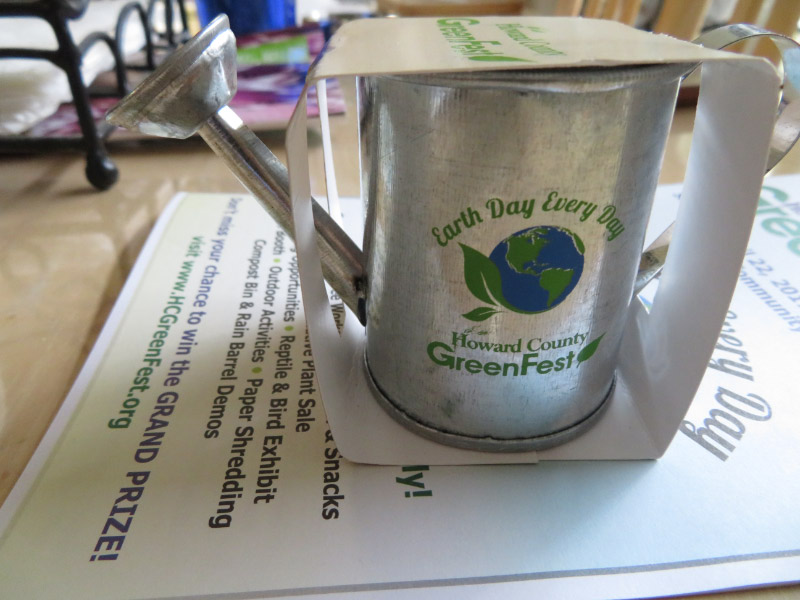
There were competing events for the day – tree planting and March for Science. 2017 was a crowded Earth Day (for a crowded planet).




